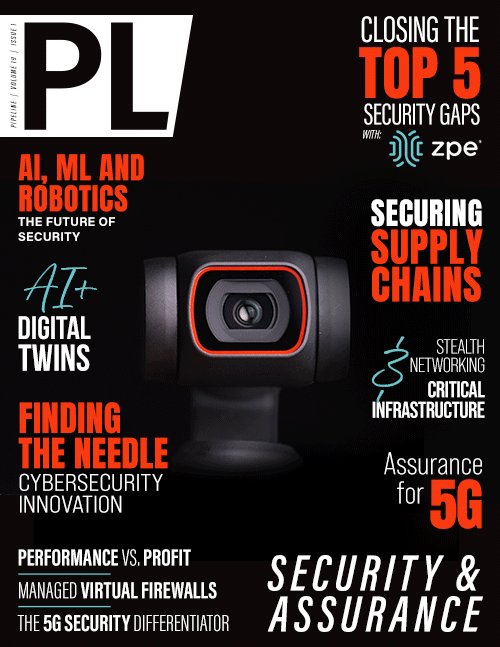Reimagining How We Monitor
and Assure Network Services
By: Charles Thompson

The telecom industry is buzzing with anticipation for the amazing new services that 5G Standalone (5G SA) networks will enable: mass-scale industrial automation, remote surgery, ubiquitous augmented reality experiences, and much more. But before communication service providers (CSPs) start tallying up revenue projections for new 5G offerings, they’ll need to nail down a few small details. Things like verifying that their networks are actually delivering the low latency and reliability that these services demand. Or that they’re actually complying with the service-level agreements (SLAs) on which new revenue models depend.
It sounds straightforward, but for CSPs adopting 5G SA architectures, fundamental tasks—like monitoring, troubleshooting, change management, and more—are proving much harder than anticipated. More and more, the industry is discovering that getting where we want to go with 5G will require top-to-bottom rethinking of the way we monitor and assure network services.
Bumping up against limitations
of legacy tools
Previous mobile evolutions—from 2G to 3G, 3G to 4G—brought faster speeds and higher-quality services, but the underlying network technology remained basically the same. The transition to 5G SA, however, represents a fundamental break from the past. No more does “telecom infrastructure” imply a set of chassis, line cards, physical radio units, and other (mostly hardware) appliances, typically from one or two vendors. In a 5G SA world, network functions are composed of thousands of Kubernetes-orchestrated microservices, often from multiple vendors, implemented as a dynamic service mesh.
It’s a radically different network—one that’s always on, changing constantly as containers spin up and down and vendor software gets continually updated. Yet somehow, CSP operations teams still need to manage, monitor, and troubleshoot 5G services, often under more stringent SLAs. There’s no way to do that using assurance tools designed for yesterday’s networks. Existing assurance approaches can’t meet some of the challenges, including:
Scale with 5G networks
Traditionally, assurance has involved collecting and analyzing network data via fixed infrastructures of passive probes. This type of monitoring can still play a role in 5G environments, but it’s no longer sufficient. There is no way to keep up with dynamic microservices-based architectures, where service paths can change minute to minute, using static monitoring that assumes data always traverses the same links.
Provide proactive visibility
Existing passive monitoring tools collect real user data as it traverses the wire. By definition then, any problem they identify has already affected customers—and potentially, already violated an SLA. If CSPs want to offer more stringent (and profitable) SLAs by guaranteeing ultra-low latency, nonstop connectivity, or other attributes, they need real-time, end-to-end visibility to spot emerging issues before they become critical. They also need to be able to map out how network changes will affect live services, even as the scope of network functions and performance requirements to measure grows.
Synthesize network- and service-level visibility
CSPs have long employed network- and service-level monitoring, but in the past, these tools existed in largely separate worlds. That won’t work if CSPs want to maintain stringent network performance requirements to meet SLA targets. Monitoring



















